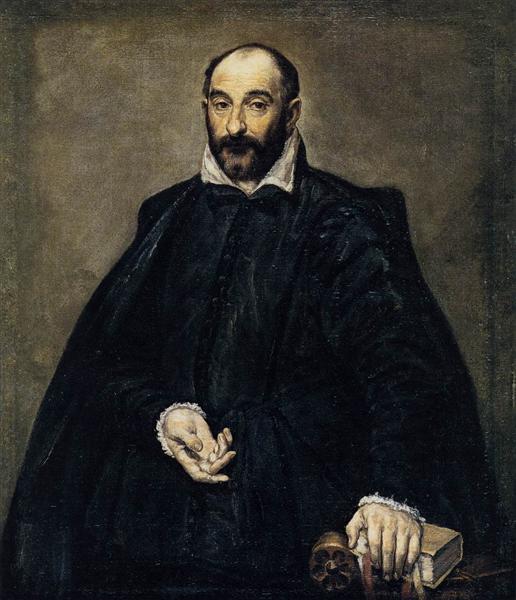
MOVING THE BOX
Blair Kamin, the architecture critic of the Chicago Tribune, recently tweeted a May 19 photograph of Mies van der Rohe’s famous Farnsworth House almost inundated by the rising waters of the nearby Fox River. Kamin writes that the water level appears to be receding, so it seems likely that the house may be spared, at least this year. Although its floor is raised five feet in the air, because Mies sited the house on low ground only 75 feet from a river that regularly overflows its banks in the spring, the house has been flooded several times, the first as early as 1954, only three years after it was built. A 1996 flood brought several feet of water into the house and blew out a window. One solution, because the house is basically a (glass) box on stilts, would be to move the whole thing to higher ground on the property. Instead, the National Trust for Historic Preservation, the current owner, is considering installing hydraulic jacks that will raise the house whenever the river floods. The rationale for this contraption, is that changing the location of the house would compromise the architect’s vision. The truth is that Mies designed the same steel and glass boxes irrespective of their setting and location—urban or rural,

A PRIVATE FUTURE
In 1973, my friend Martin Pawley published The Private Future: Causes and Consequences of Community Collapse in the West. According to his Guardian obituary (he died in 2008) the book “foresaw a society with ever greater technical means of communication becoming paradoxically more insular and dysfunctional.” Here is an extract (which appeared in full on the jacket of the original hardcover): “Alone in a centrally heated, air-conditioned capsule, drugged, fed with music and erotic imagery, the parts of his consciousness separated into components that reach everywhere and nowhere, the private citizen of the future will become one with the end of effort and the triumph of sensation divorced from action. When the barbarians arrive they will find him like some ancient Greek sage, lost in contemplation, terrified and yet fearless, listening to himself.” The Private Future was written before the internet, iPods, and smart phones. Martin expected a publishing success but the message was too farfetched—and too bleakly dystopian—for the reading public. In our time of social distancing and self-quarantining the book seems more apposite than ever.

i-BAUHAUS
Nicholas Fox Webber, the author of a biography of Le Corbusier, has recently published iBauhaus. I have not read the book yet, but the subtitle, “The iPhone as the Embodiment of Bauhaus Ideals and Design,” says it all. There is no doubt that the iPhone is a minimalist, no frills machine and proud of it. It is also a quintessentially Bauhaus example of form follows predetermined aesthetics rather than form follows function. The iPhone doesn’t fit the human hand particularly well, certainly not as well as the classic Western Telephone Model 500 handset designed by Henry Dreyfuss in the 1940s. The predecessor of the Model 500 was the Western Electric Model 300 designed by Bell Labs engineer George Lum in the early 1930s, about the same time that the Bauhaus school moved to Berlin. I have an iPhone, and I’ve had a Wassily Chair and I formed no attachment to either.

POST-PANDEMIC
According to the United Nations Secretary-General, the coronavirus pandemic is the “greatest test” the world has faced since the United Nations was formed in the wake of the Second World War. One of the results of that global war was the ascendancy of modernist architecture, which until then had been a distinctly Bohemian side show of little import. It was not until the postwar 1950s that steel and glass office towers and precast concrete housing blocks appeared—and came to dominate the built environment. One wonders if a post-pandemic world will see a comparable phenomenon. Of course, a plague does not materially lay waste cities, but its debilitating social, economic, and human effects could be as drastic.

RULES
A friend of mine recently emailed me a telling criticism of New Urbanism. “I’ve noticed a strange need to quantify everything from these guys. It’s almost like they are trying to deduce a pattern . . . and even worse . . many would lean toward legislating the pattern.” There it is in a nutshell. Of course, ever since Palladio wrote Quattro Libri, architects have been fascinated by the dimensions of things—of rooms, ceilings, doors, windows, and so on. Palladio had rules about all of them. But he was always careful to allow for exceptions. Writing about the height of ceiling vaults, for example, he observed, “There are other heights for vaults which do not come under any rule, and the architect will make use of these according to his judgement and practical circumstances.” Judgement, not legislated patterns.

GLASS FOLLY
Alex Beam’s interesting new book on the saga of the Farnsworth House, which I reviewed in the Wall Street Journal recently, raises an interesting question. How can a house that has so many functional drawbacks, that is basically dysfunctional, be considered a modernist masterpiece? The answer reveals more about modernism than it does about masterpieces. Modernist buildings are often described as clean and functional. Beam’s book makes clear that the glass house in Plano was neither. The glazed wall got sooty from the heating system, and was covered with condensation during cold weather. Dr. Farnsworth spent the first part of her summer weekends hosing down the exterior. A glass box gets unbearably hot in the summer, a porch without netting is unusable in a mosquito infested riverbank, and a kitchen organized in a straight line is not really convenient. The list goes on and on. Beam’s account makes clear that these shortcomings were not really accidents—Mies was simply willing to ignore practicalities. He used fragile travertine as an exterior paving, ignored issues like ventilation, and built perilously close to the Fox River, which regularly flooded. Nor, despite the bare-bones appearance of his buildings, was he really a skilled builder.

